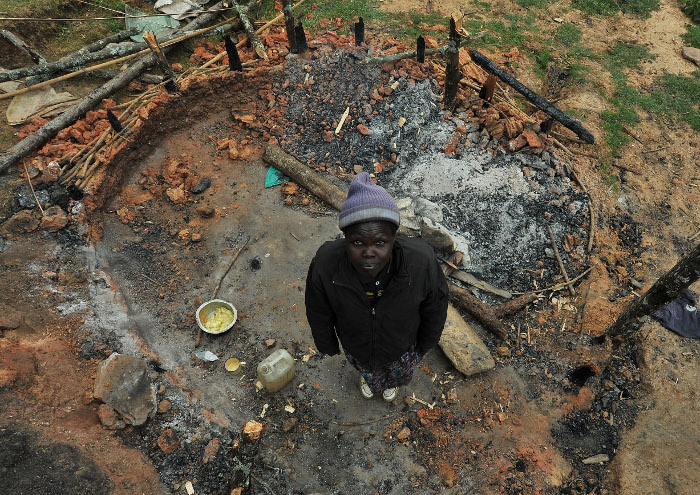
By Jacob Kushner, Anthony Langat, Sasha Chavkin and Michael Hudson
Gladys Chepkemoi was weeding potatoes in her garden the day the men came to burn down her house.
After her mother-in-law told her that rangers from the Kenya Forest Service were on their way, Chepkemoi strapped her 1-year-old son on her back and hurried to her thatched-roofed home. She grabbed two tins of corn, blankets, plates and cooking pans, and hid in a thicket.
She watched, she said, as the green-uniformed rangers set her house ablaze.
After they were gone, she came out of the thicket to see what was left.
“What used to be my home was now ashes,” she said.
The young mother is one of thousands of Kenyans who have been forced out of their homes since the launch of a World Bank-financed forest conservation program in western Kenya’s Cherangani Hills. Human rights advocates claim government authorities have used the project as a vehicle for pushing indigenous peoples out of their ancestral forests.
They are not alone.
In developing countries around the globe, forest dwellers, poor villagers and other vulnerable populations claim the World Bank — the planet’s oldest and most powerful development lender — has left a trail of misery.
Read the full ICIJ investigation.
This is the latest installment of “Evicted and Abandoned,” an examination of the hidden toll of development financed by the World Bank. The project is a collaboration between the ICIJ and The Huffington Post, with contributions from journalists around the globe. The story also appeared at The Huffington Post and PRI’s The World.
UPDATE: This investigation won the 2015 Online News Association Award for Investigative Journalism.